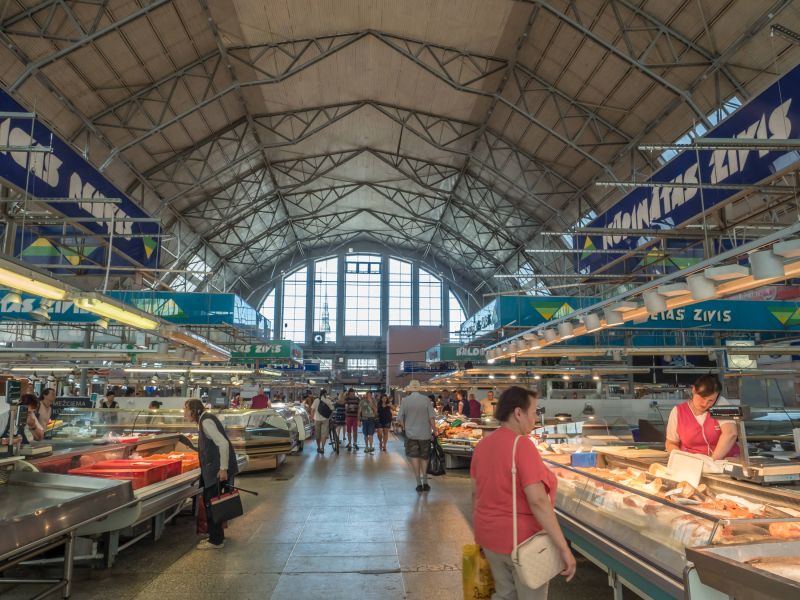
Riga's enormous Central Market, housed in five former Zeppelin hangars

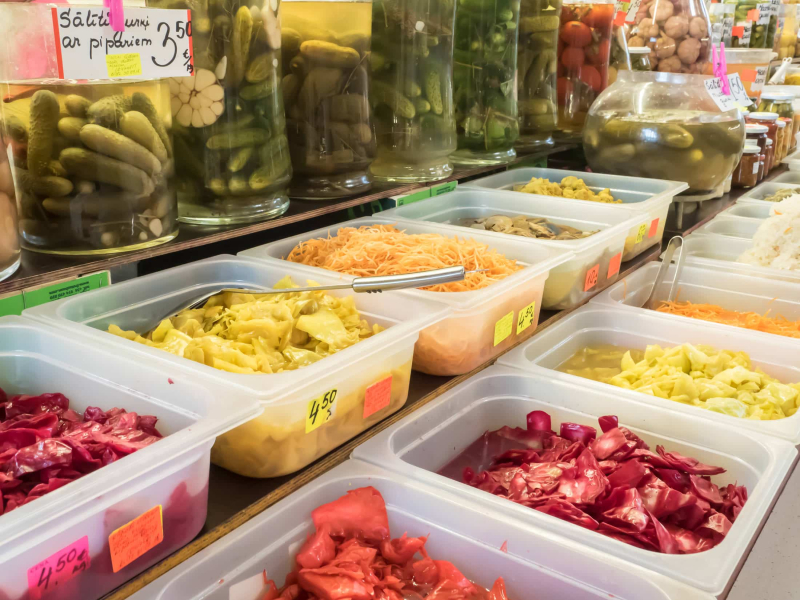
There were more pickled foods than we'd ever seen in one place before


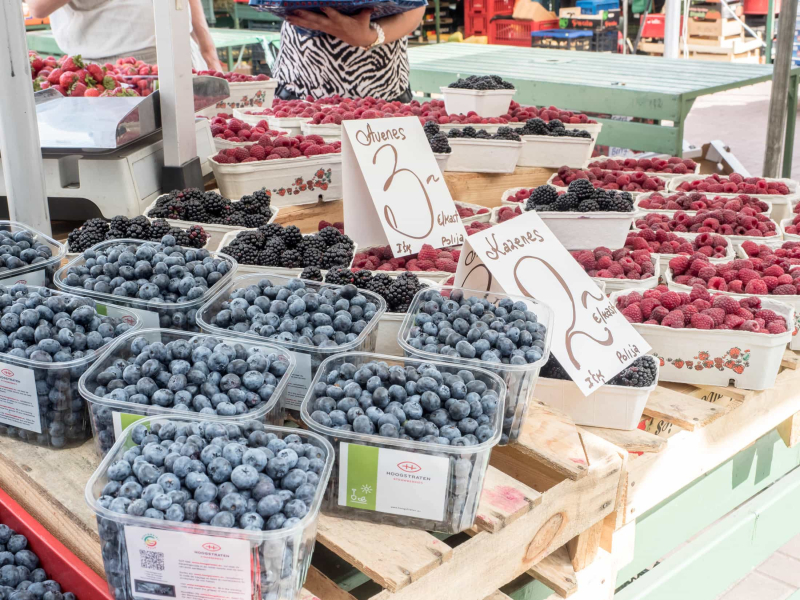
July and August are berry season, and the prices are so much cheaper than in Switzerland
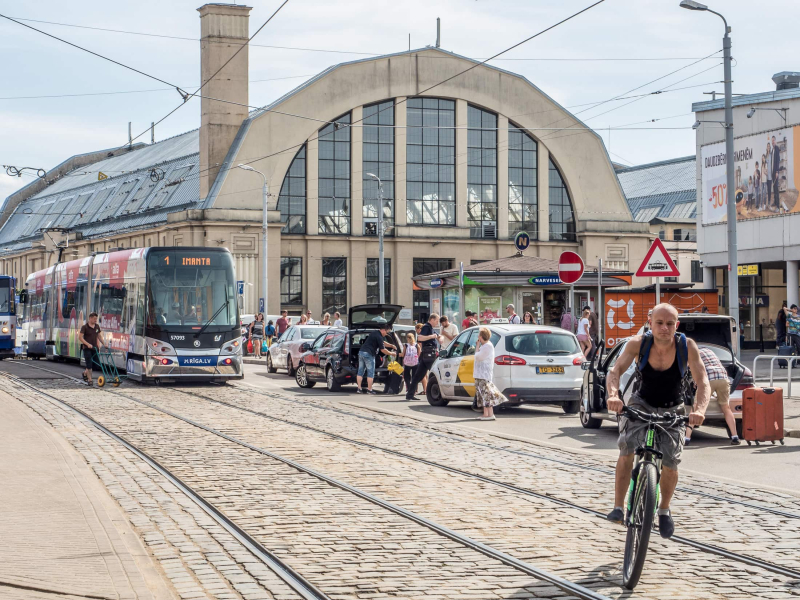
One of the old Zeppelin hangars housing the Central Market
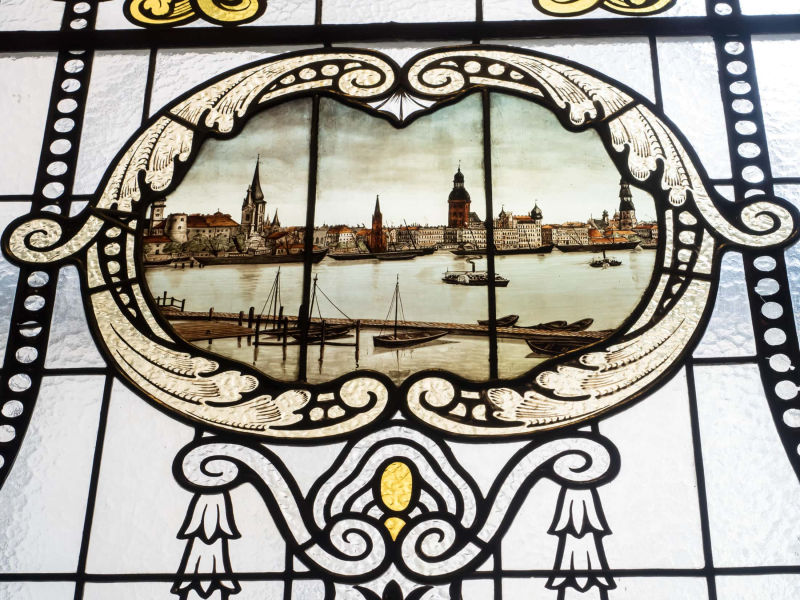
A scene of Riga's old skyline painted on a window at the National History Museum of Latvia
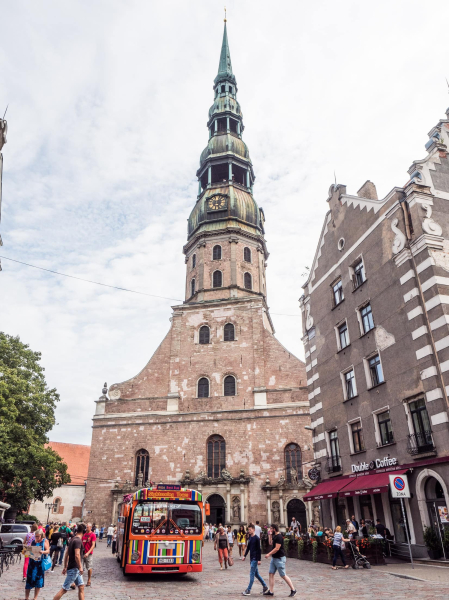
St. Peter's Church (the building dates from the 1400s and the steeple from the late 1600s)
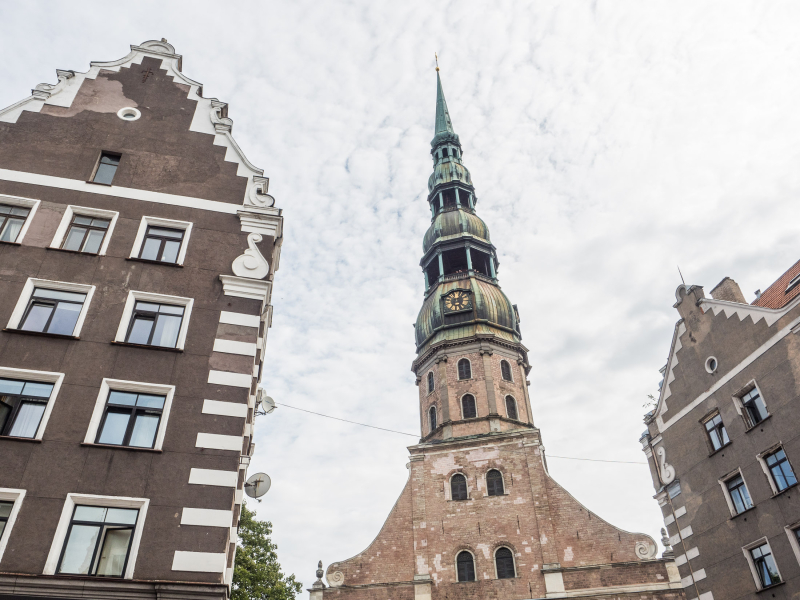
The distinctive open steeple on St. Peter's Church was rebuilt many times over the years after lightning strikes, fires, and WWII shelling

A few medieval buildings remain in Riga, but most are 20th-century reconstructions, like this house of the Brotherhood of Blackheads guild

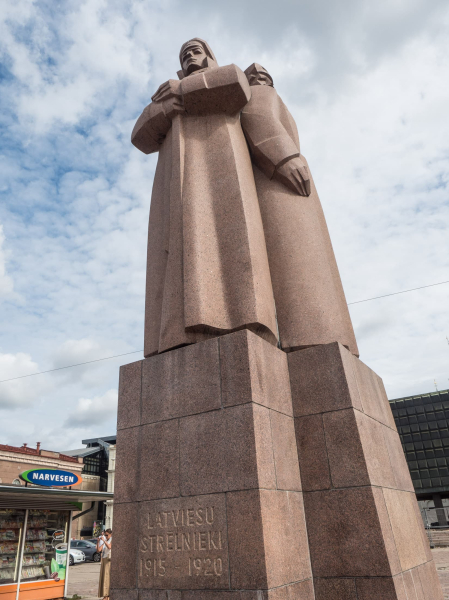
A statue honoring the Latvian riflemen who fought in the imperial Russian army against Germany during World War I
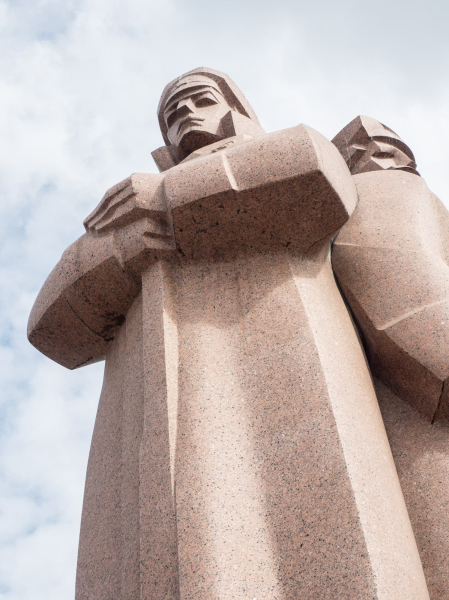
The statue is controversial in these post-Soviet days (some of the Latvian riflemen served as Lenin's bodyguards). But it remains standing in a prominent spot in Riga's old town.
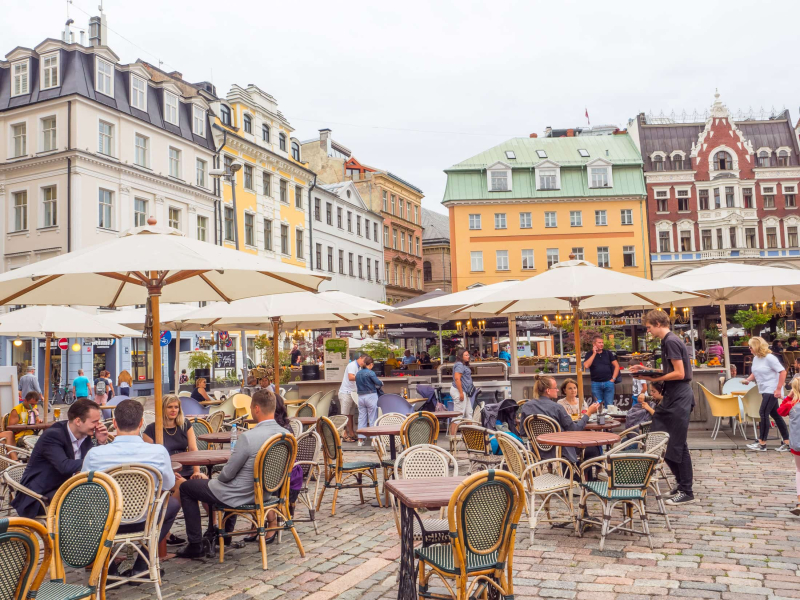
Riga's old town is jammed with bars and cafes, most focused more on beer than on good food
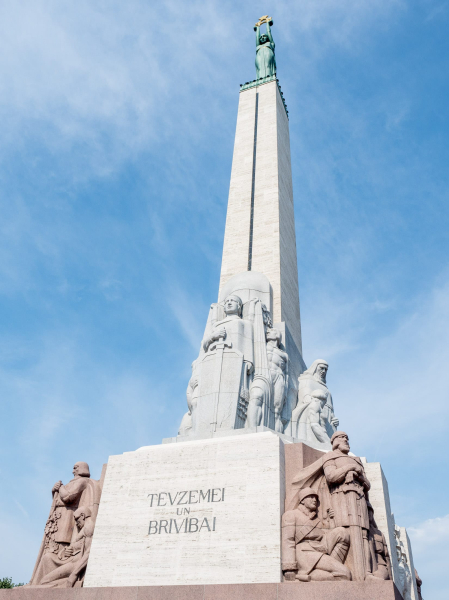
This monument honors people killed during the Latvian War of Independence from 1918 to 1920. It says "For Fatherland and Freedom"
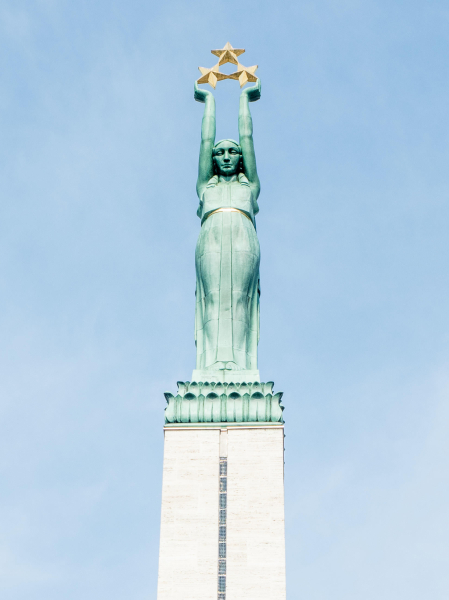
The top of Riga's Freedom Monument

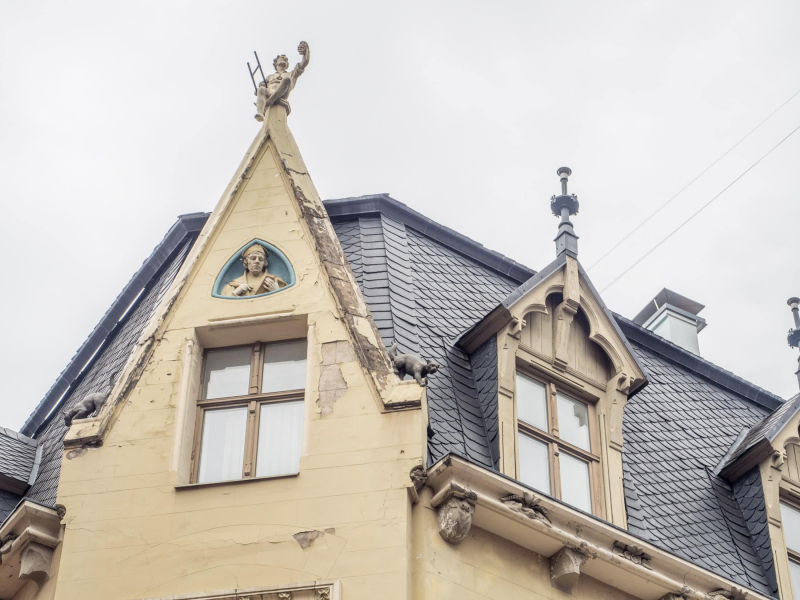
A whimsical house in Riga's old town

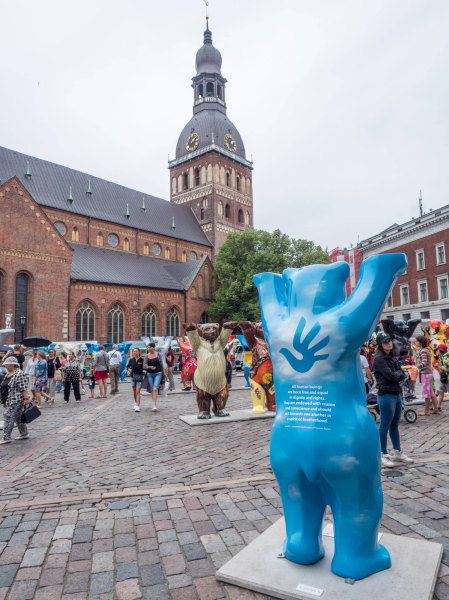
The plaza by Riga's cathedral was hosting an exhibit of painted bears from Berlin while we were there
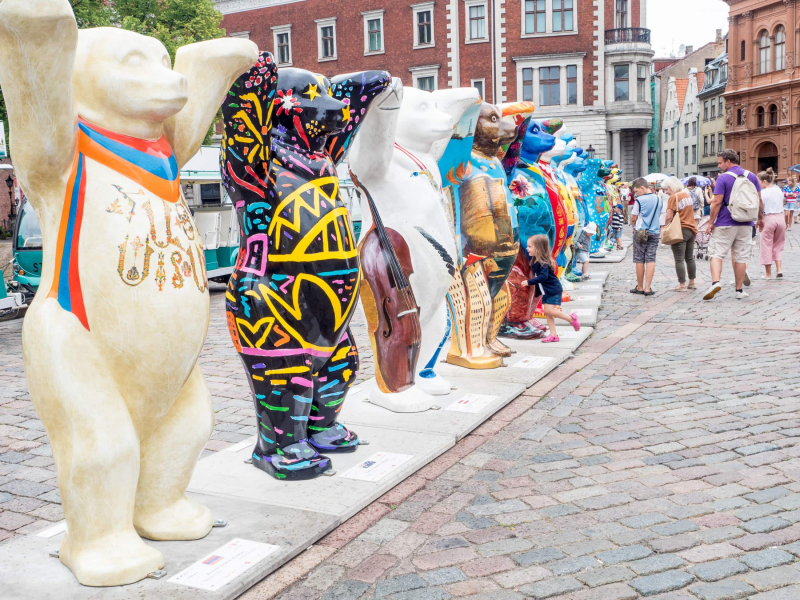
Each bear represents a different country and was painted by artists from that country
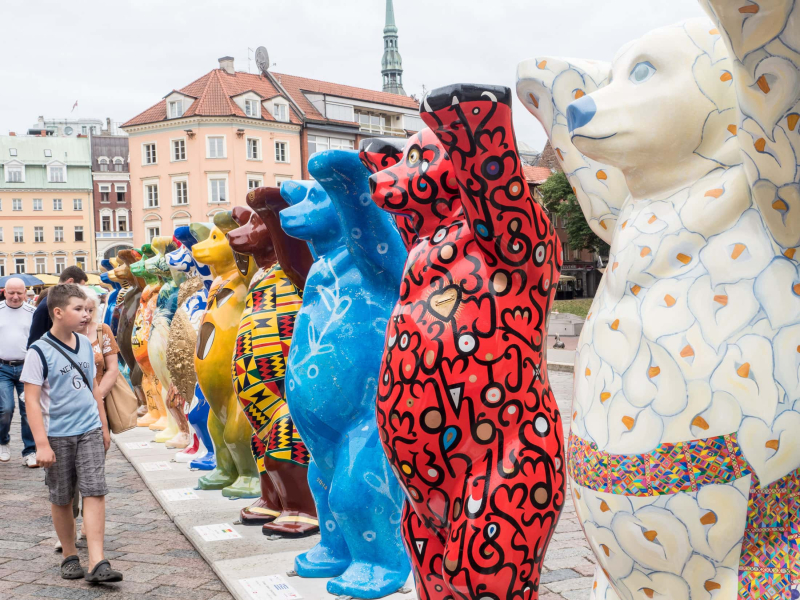
The bear on the right painted with calla lilies and a woven sash represents one of our favorite countries, Guatemala
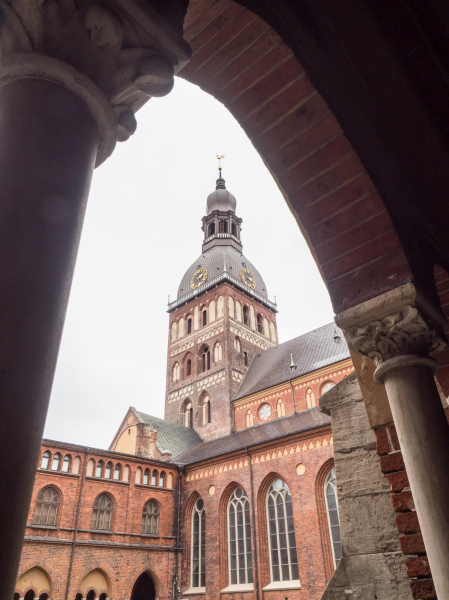
The cathedral spire seen from the medieval cloister

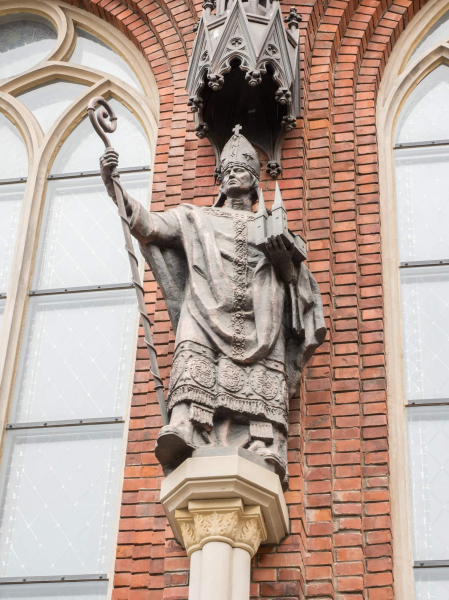
A statue of Bishop Albert of Riga, who founded the cathedral in 1211
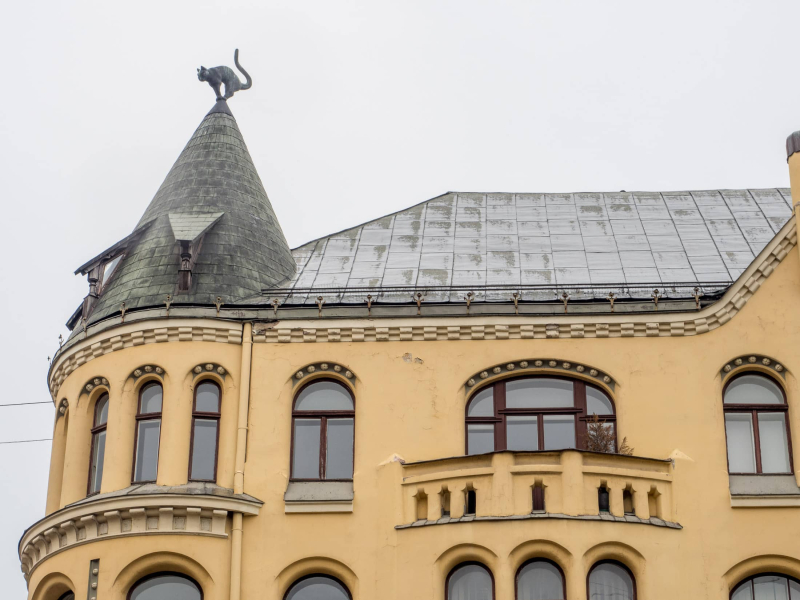
This 1909 house with its whimsical cat finial has become a landmark in Riag's old town
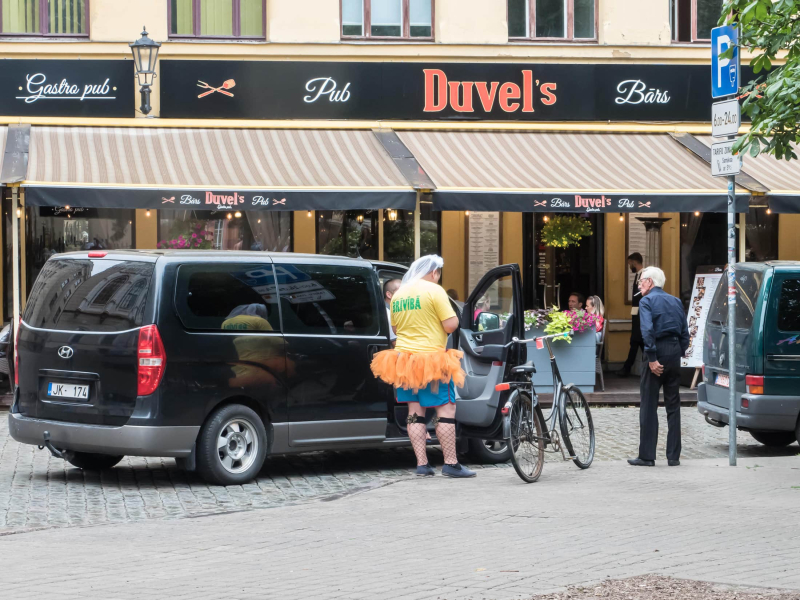
Riga has a reputation as a party town, so you see some odd sites on the streets (his shirt says "freedom" in Latvian)
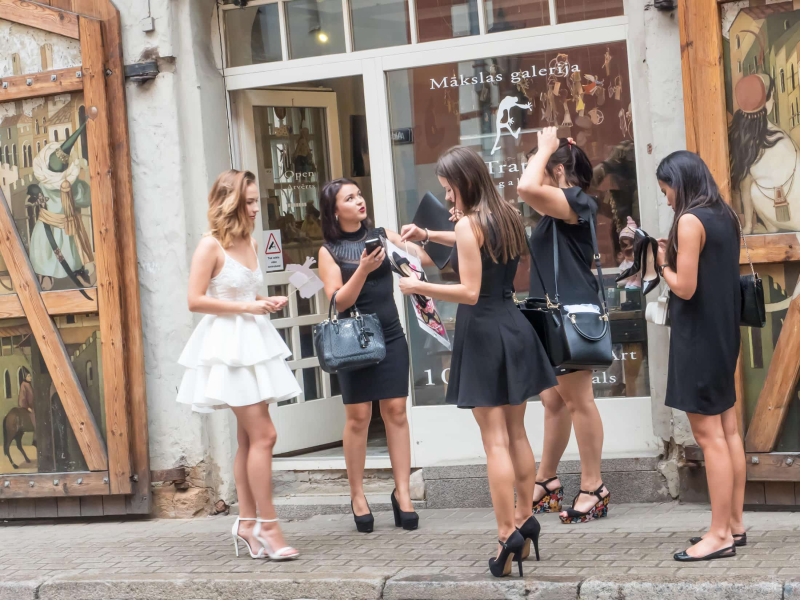
One of the many bachelorette groups that come to Riga to party
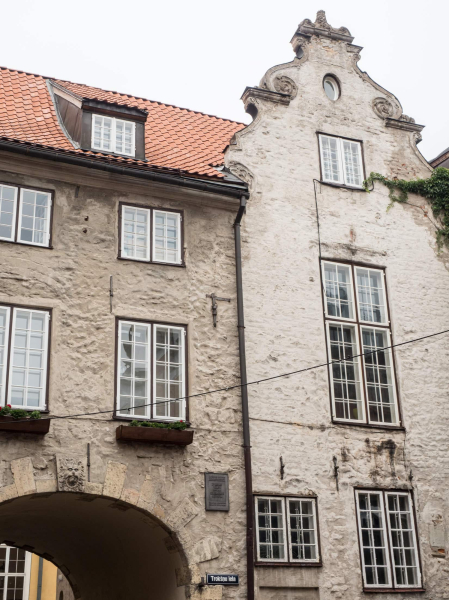
The Swedish gate and an adjoining house are some of the few remaining fragments of Riga's medieval walls
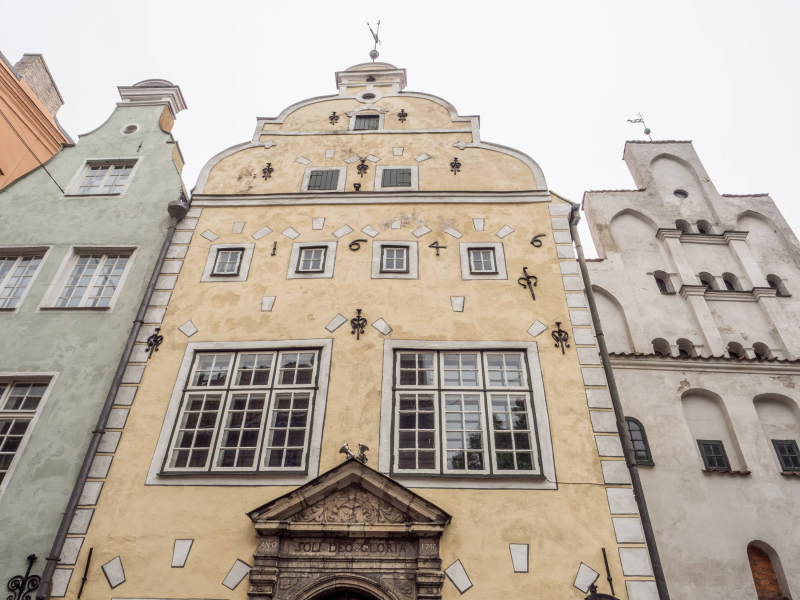
Estonia's capital, Tallinn, has the Three Sisters (a trio of merchants' houses built in 1362). Latvia has the Three Brothers. The one on the right was built in the 1400s and the other two in the 1600s.


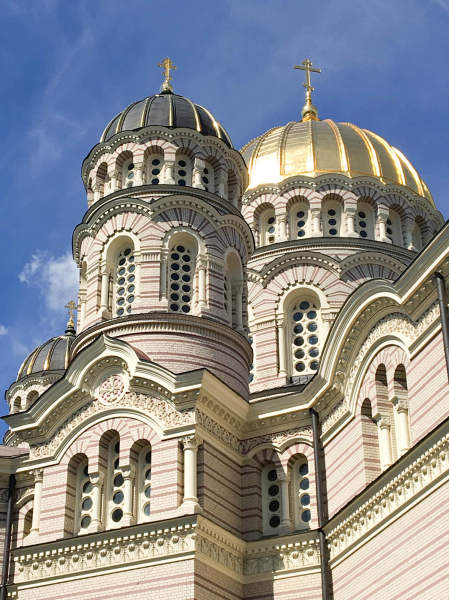
The Nativity of Christ Cathedral is Riga's most prominent Russian Orthodox church



Our dinner was a modern take on Chinese rice-flour buns, with the fillings on top rather than inside the buns. Delicious but very messy!


Kalnciema's old wooden houses are being lovingly restored
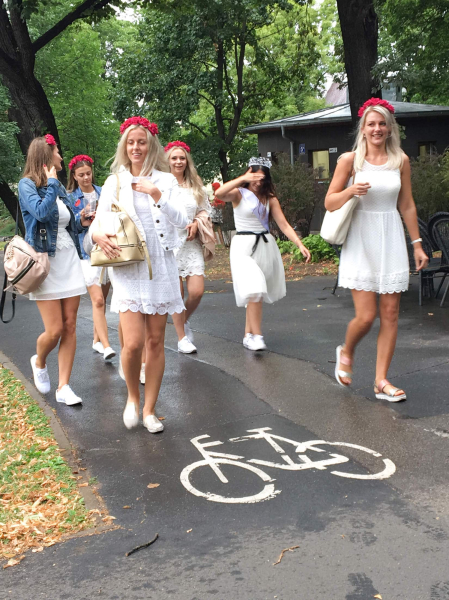
Another bachelorette party in Riga
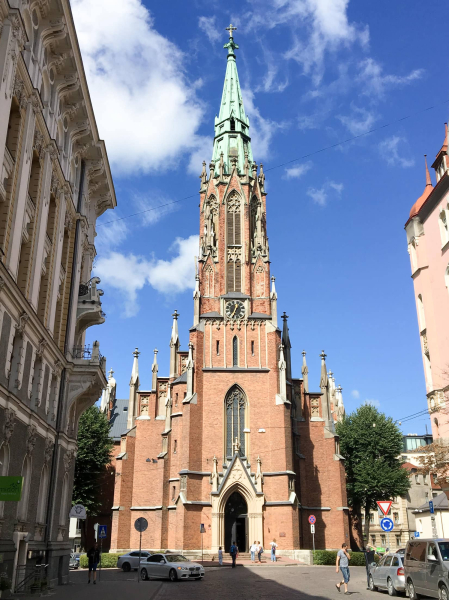
Near our apartment was the 19th-century Church of Saint Gertrude, patron saint of travelers
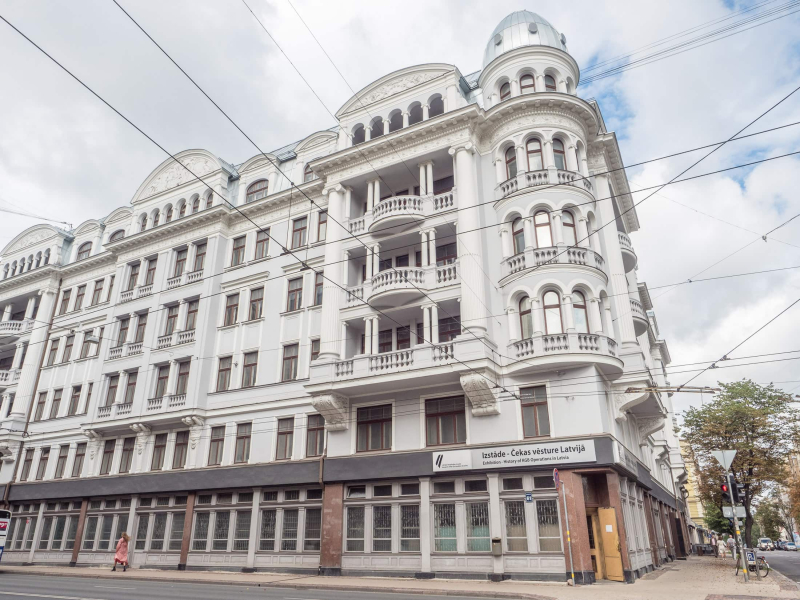
This grand building has a sinister past: It was the headquarters of the KGB in Riga. (The ground floor windows are frosted so you can't see in.) It's now a museum.
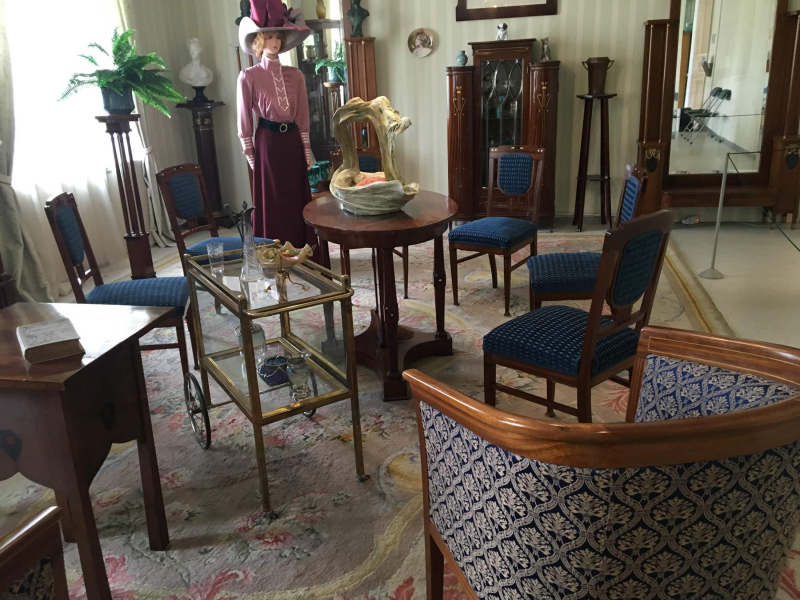
The National History Museum of Latvia features rooms decorated with locally made furniture from different periods. This one is from the 1910s.
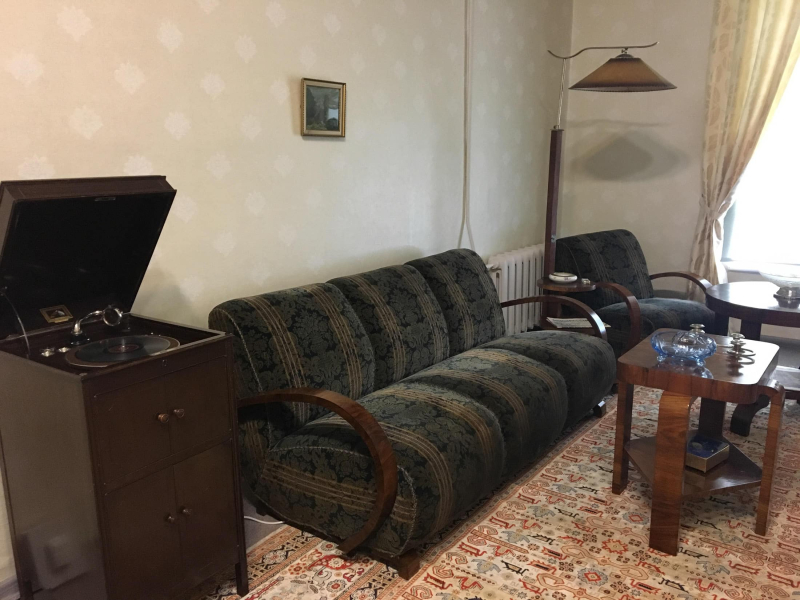
National History Museum of Latvia "1950s room"
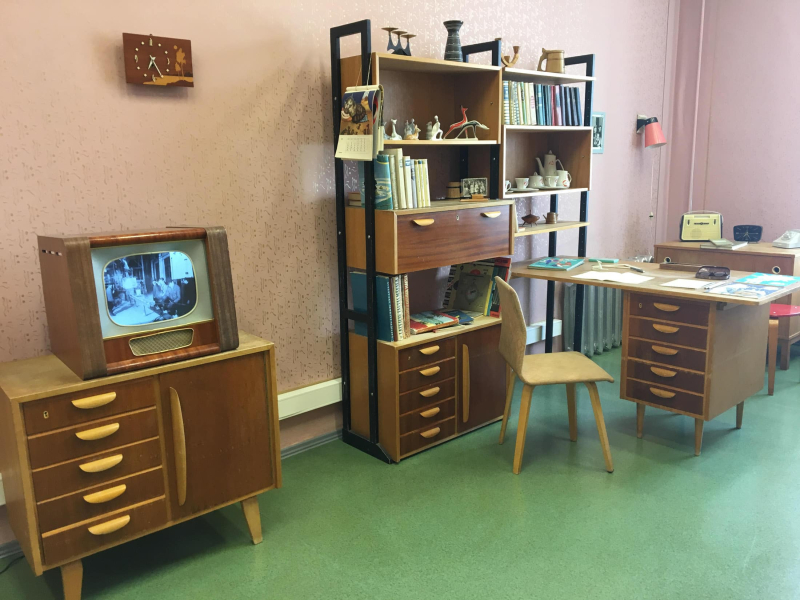
The 1970s room
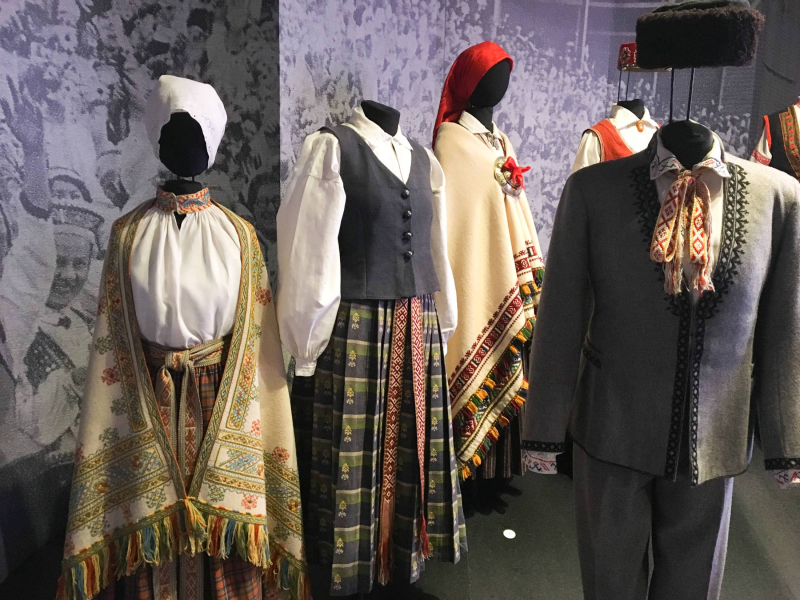
A display of traditional Latvian folk costumes from different parts of the country
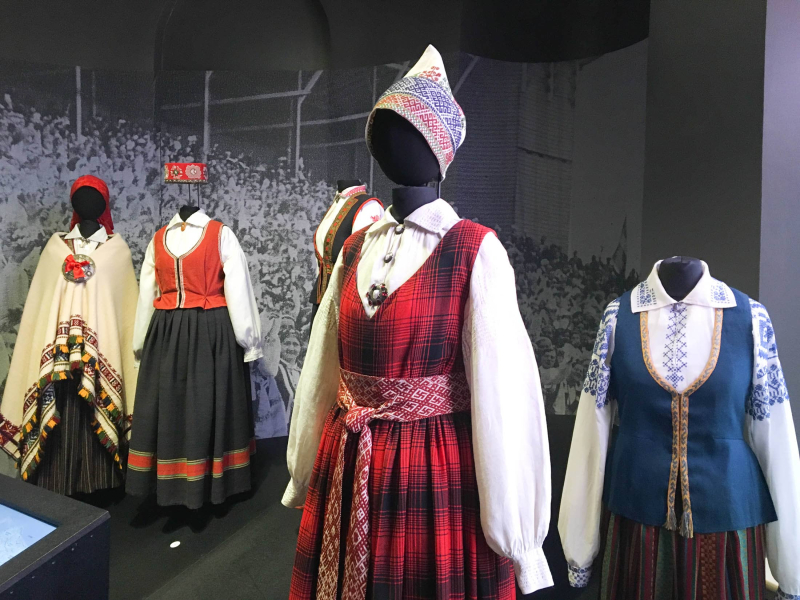
Wool and linen fabrics, embroidery, and woven sashes are important elements of traditional Latvian dress
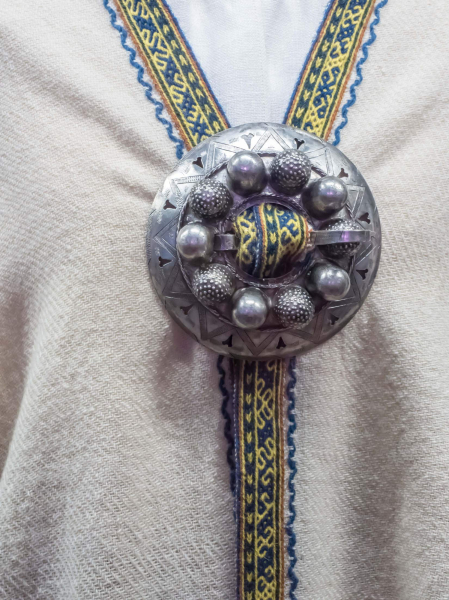
Large circular metal brooches are a distinctive part of Latvian women's traditional dress
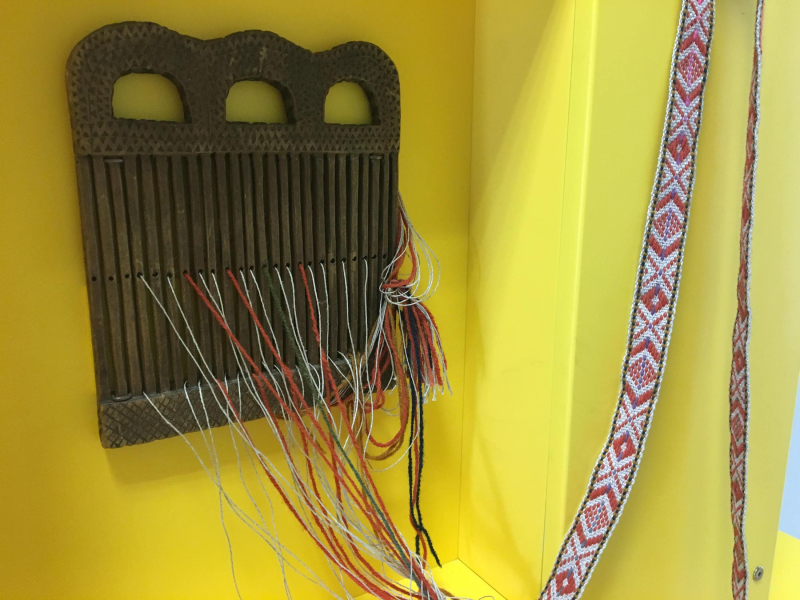
An old tape loom for weaving sashes
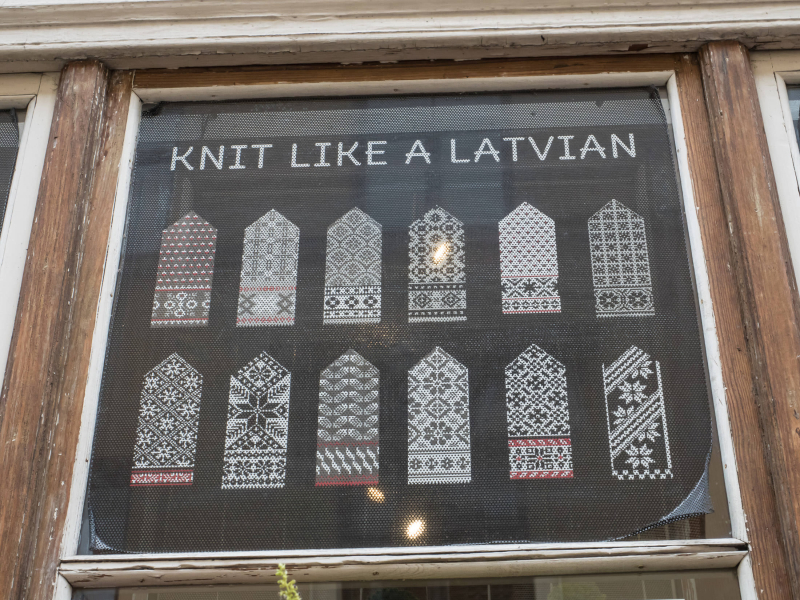
A sign in a yarn shop in Riga
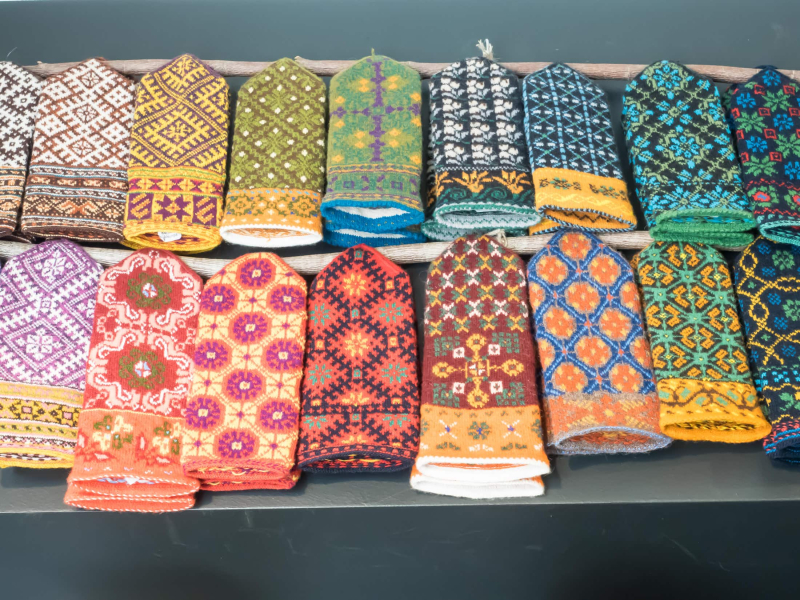
Brightly colored wool mittens are a traditional craft in Latvia

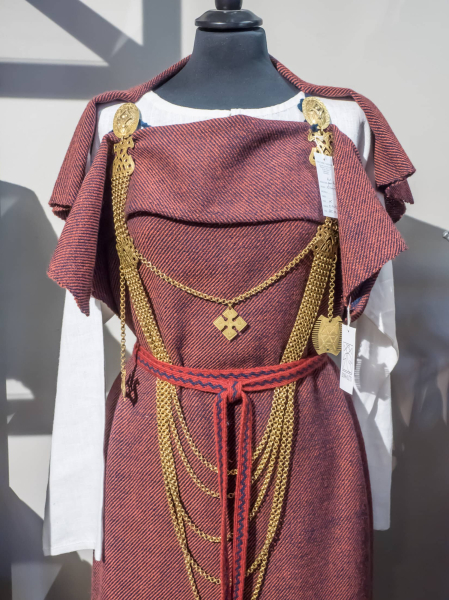
A display of old-fashioned Latvian clothing at a shop in Riga
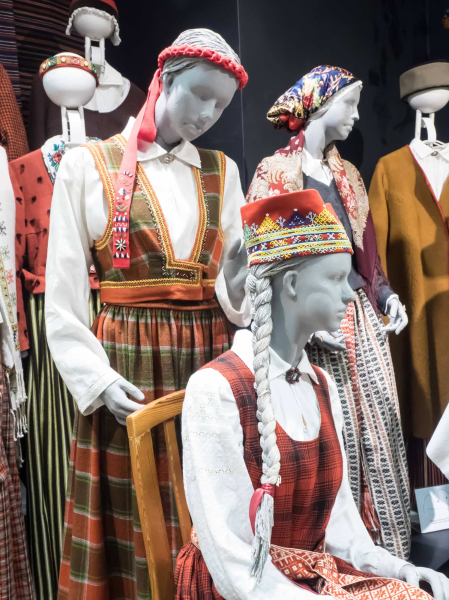
Latvians buy traditional outfits to wear at festivals and choral competitions, which are a national passion
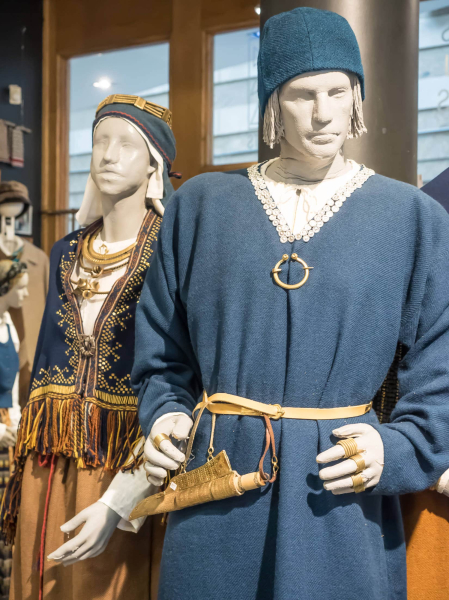
Recreating traditional dress was an important part of reclaiming a sense of "Latvianness" during the independence movements of the 19th and 20th centuries
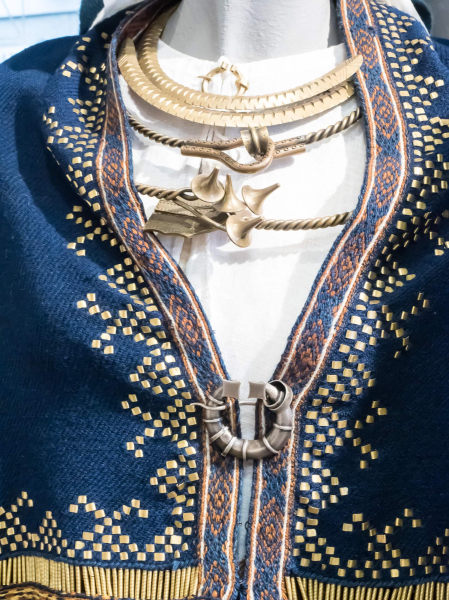
We loved these wool cloaks decorated with bits of brass



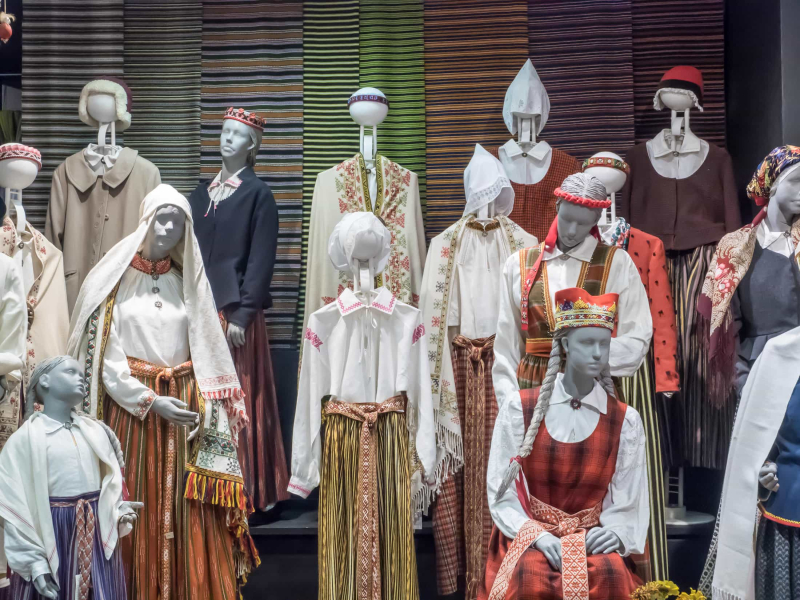
Display at a shop in Riga selling traditional Latvian clothing for folk festivals and singing competitions
